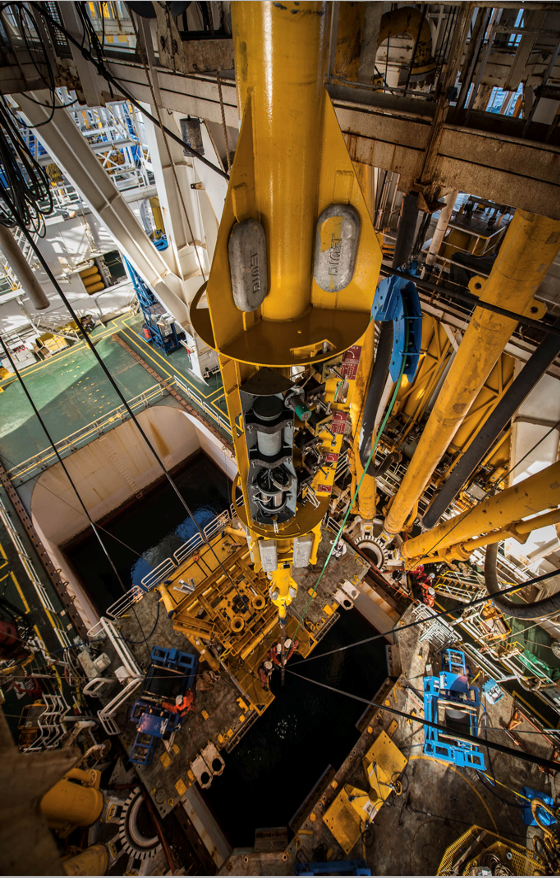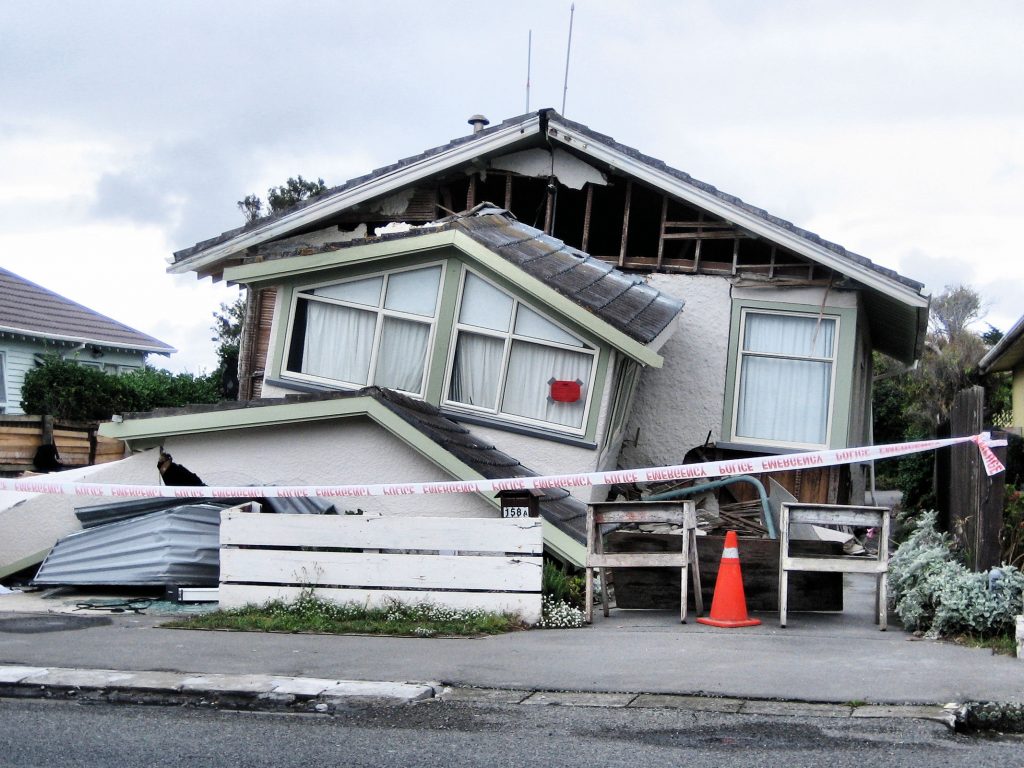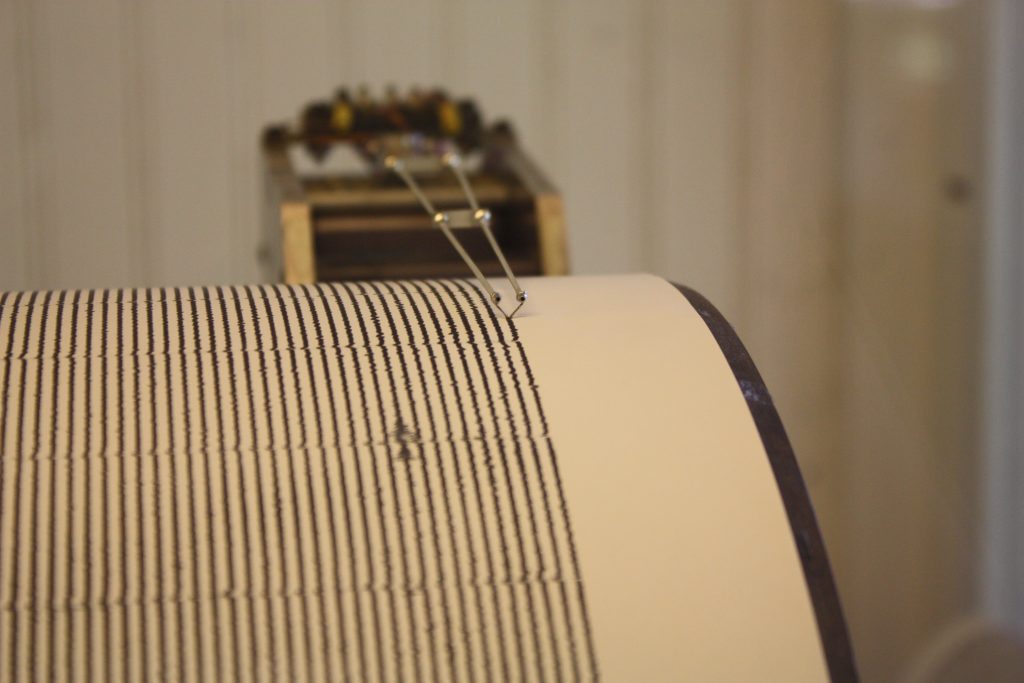Scientists for the first time have detected a slow slip earthquake in motion during the act of releasing tectonic pressure on a major fault zone at the bottom of the ocean. The slow earthquake was recorded spreading along the tsunami-generating portion of the fault off the coast of Japan, behaving like a tectonic shock absorber.… Continue Reading Scientists Capture Slow-Motion Earthquake in Action
‘Giant Lab Experiment’ Leads to New Model for Predicting Landslides
Landslides are a perennial threat in California, where the geology and steep topography mean the land is more prone to slipping than in other places. Now, researchers at the University of Texas Institute for Geophysics and UC Santa Cruz studying two large Northern California landslides think they’ve found the key to predicting landslide motion hidden… Continue Reading ‘Giant Lab Experiment’ Leads to New Model for Predicting Landslides
Scientists Isolate Early-Warning Tremor Pattern in Lab-Made Earthquakes
Researchers at The University of Texas at Austin have successfully isolated a pattern of lab-made ‘foreshock’ tremors. The finding offers hope that future earthquakes could be forecast by the swarm of smaller tremors that come before them. The research was published in the journal Nature Communications. The next step is to replicate the results in… Continue Reading Scientists Isolate Early-Warning Tremor Pattern in Lab-Made Earthquakes
UT Austin’s Demian Saffer Named AGU Fellow
Demian Saffer, the director of the University of Texas Institute for Geophysics (UTIG), has been named a Fellow of the American Geophysical Union (AGU). The distinction recognizes exceptional scientific contribution and eminence in the field of Earth sciences. Being named a fellow is AGU’s highest honor. Only a tiny fraction (0.1%) of its 40,000 members… Continue Reading UT Austin’s Demian Saffer Named AGU Fellow
Earthquake Scientists Have a New Tool in the Race to Find the Next Big One
An everyday quirk of physics could be an important missing piece in scientists’ efforts to predict the world’s most powerful earthquakes. In a study published in the journal Science, researchers at The University of Texas at Austin discovered that a frictional phenomenon could be key to understanding when and how violently faults move. That’s because… Continue Reading Earthquake Scientists Have a New Tool in the Race to Find the Next Big One





